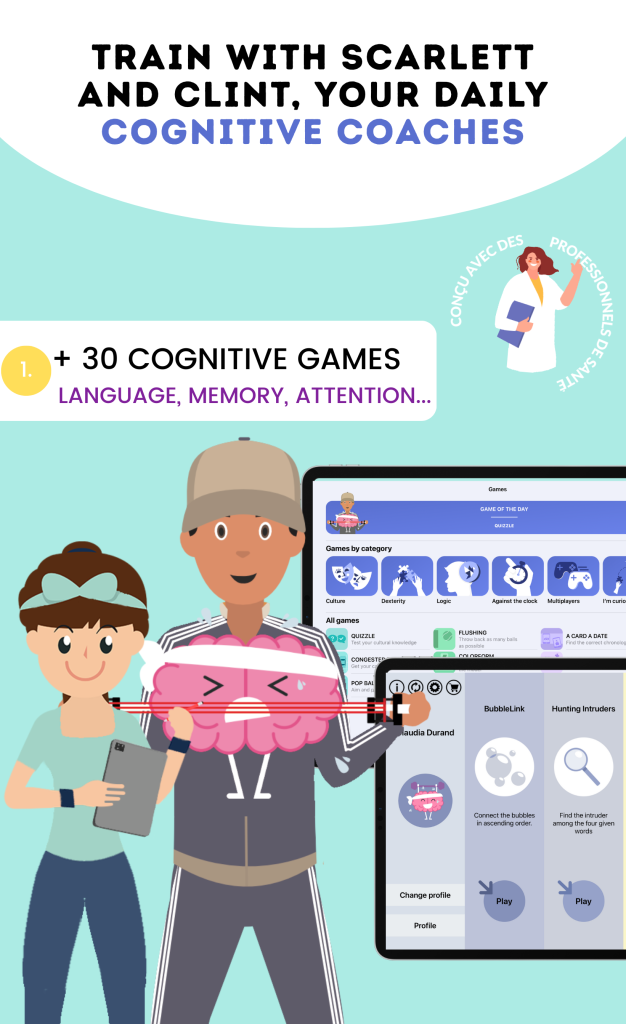Home care is an essential service for elderly people who wish to stay at home while receiving the necessary assistance for their well-being and safety. However, it is important to recognize that each senior has unique and specific needs that must be taken into account when providing these services. Personalizing the home care experience is therefore essential to ensure that each senior receives the appropriate care tailored to their individual needs.
The Importance of Adapting the Toolbox for Each Senior
Adapting home care tools for each senior is essential to ensure quality care and meet the unique needs of each individual. Indeed, each senior presents specific personal characteristics, whether related to their health status, preferences, or physical abilities. A universal approach is not sufficient to address the diversity of needs among elderly people. It is therefore crucial to personalize the tools and services according to the particularities of each senior. For example, some seniors may have mobility issues requiring mobility devices such as canes or wheelchairs, while others may experience memory difficulties, necessitating the use of reminder tools or medication management applications.
Another important aspect is that some seniors prefer to have more control over their care and environment, while others may need more regular assistance. Thus, personalizing tools, whether they are medical devices, communication technologies, or assistive tools, ensures that each senior can benefit from help tailored to their specific needs.
Assessing the Individual Needs of Each Senior
Personalizing home care begins with a thorough assessment of the individual needs of each senior. This assessment must be comprehensive and take into account several factors, including:
- General health status: This includes considering all medical conditions, prescribed medications, and necessary medical follow-ups.
- Physical and mental abilities: Each senior has different abilities, whether related to mobility, strength, coordination, or cognition. An appropriate assessment will allow for the selection of tools and services to facilitate their daily life.
- Personal preferences: How each senior wishes to live their daily life (such as their habits, hobbies, or dietary preferences) also plays a key role in personalizing care services.
Once this information is gathered, a personalized care plan can be developed, ensuring that the care provided perfectly matches the expectations and needs of the senior.
Different Approaches to Personalizing the Home Care Experience
There are several approaches to personalize the home care experience, and these strategies can be combined to offer a more comprehensive service:
- Individual care plans: These are tailored to each senior based on their medical needs, level of dependence, and personal preferences. These plans may include flexible schedules, visits at specific times, as well as specific care services such as assistance with bathing, mobility, or medication management.
- Flexible technology-based approaches: The use of technological tools can also facilitate the personalization of services. For example, the use of remote monitoring devices allows for real-time tracking of the senior’s health status and detection of any changes in their well-being. These tools provide valuable information to adjust care according to the evolution of the senior’s health condition.
- Adapted communication: Another approach is to promote clear and effective communication between the senior, their relatives, and their caregivers. Dedicated communication platforms, as well as mobile applications, allow everyone to stay informed in real-time, contributing to a more coherent and collaborative care process.
Effective Communication with Seniors to Understand Their Needs
Effective communication is at the heart of personalizing home care services. To truly understand the needs of seniors, it is important to adopt a respectful and empathetic approach. Many elderly people may have difficulty clearly expressing their needs or may be reluctant to ask for help. That is why it is essential to create a trusting environment where the senior feels listened to and understood.
Some good communication practices include:
- Speaking slowly and clearly, using simple language.
- Taking the time to listen attentively, without interruption.
- Using visual or written tools to reinforce messages, especially for those with hearing difficulties.
- Encouraging the senior to ask questions and express their concerns.
- Adopting a calm and reassuring tone.
Training Home Care Aides to Better Meet Seniors’ Needs
Training home care aides plays a central role in adapting services to the specific needs of seniors. It is crucial that home care aides are trained to understand not only the technical aspects of medical care but also the age-related particularities, such as mobility, memory, or autonomy issues.
Specialized training can cover areas such as:
- Supporting elderly people with cognitive disorders, such as dementia or Alzheimer’s’s disease.
- Adapted care practices for seniors with specific nutritional, medication management, or hygiene needs.
- Managing autonomy and physical abilities to assist with mobility and independence of the senior.
- Intergenerational communication, which can improve mutual understanding between the senior and the caregiver.
This ensures that each caregiver is able to adapt their services to the unique needs of the senior and provide high-quality care.
Technological Tools to Personalize the Home Care Experience
Technological tools play an increasingly important role in personalizing home care. For example:
- Remote monitoring devices: These devices allow for tracking the senior’s health status (e.g., blood pressure, glucose levels, body temperature) without the need for frequent travel.
- Mobile applications and online platforms: They allow for centralizing information related to care and medical appointments. They also offer communication tools to stay in touch with caregivers or family members.
These tools enable seniors to take an active role in managing their care, providing real-time monitoring of their health and facilitating coordination among various stakeholders.
The Benefits of Personalizing the Home Care Experience for Seniors
Personalizing the home care experience offers several crucial benefits for seniors, including:
- Improved quality of life: By receiving tailored care, seniors feel better supported, which enhances their overall well-being.
- Promoting autonomy: By having access to personalized services, seniors are more likely to maintain their independence while benefiting from the necessary assistance.
- Reducing stress and anxiety: Knowing that care is tailored to their specific needs allows seniors to feel safer and less worried.
- Family satisfaction: Personalization also allows families to feel more involved and reassured by the care of their loved one.
The Challenges of Personalizing the Home Care Experience and How to Overcome Them
Personalizing the home care experience can face challenges, including limitations in human and financial resources, as well as communication barriers. To overcome these obstacles:
- Optimize resources: Working with well-trained caregiving teams, using appropriate technologies, and organizing visits efficiently can maximize the impact of services.
- Enhance communication: It is essential to ensure open and regular communication between caregivers, families, and seniors. The use of digital tools can also facilitate this communication.





